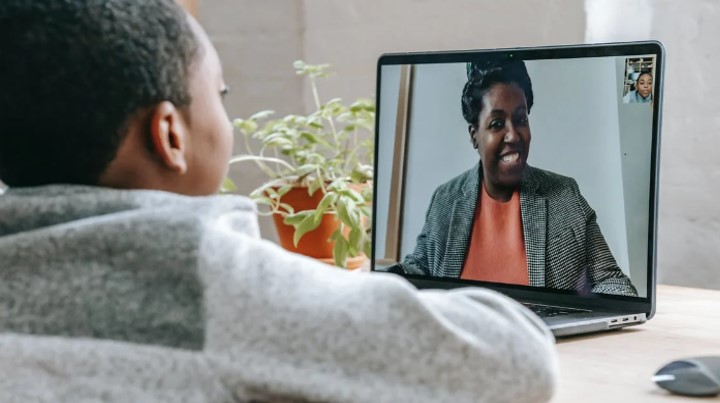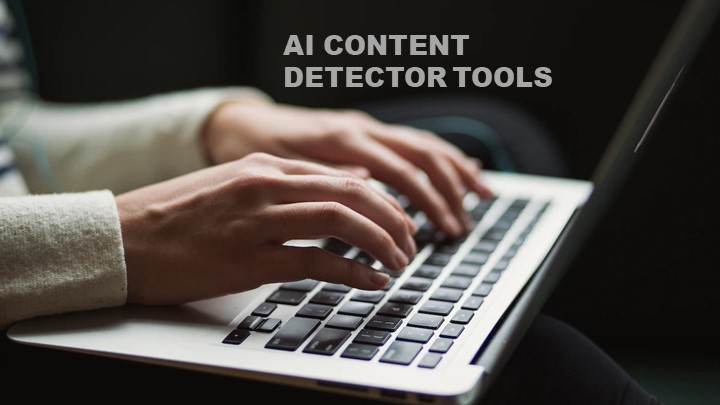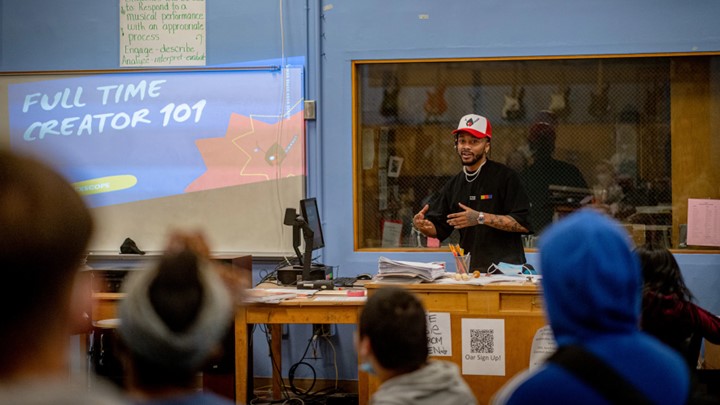Last Updated on April 22, 2023 by Uncle Pat Ugwu
In this post, I am going to describe different educational technology terms and definitions. This is to clarify things for people who are coming into the field of edtech newly. This post will help you to understand different educational technology terms and definitions.
Some of these terms can be confusing at times. So without wasting much time. Let’s start with the big term, educational technology.
Educational Technology
Educational Technology is the use of technology to improve education. It is a systematic, iterative process for designing instruction or training used to improve performance. Educational technology is sometimes also known as instructional technology or learning technology. These Terminologies of Educational Technology is not a new concept but have become popular recently.
Edtech’s [educational technology’s] definition has evolved over the years as a variation of ways of dealing with learning processes, a conceptual framework, theory and practice, and the latest study and ethical practices of dealing with technological processes and resources. This is according to Wikipedia’s description.
Use of technology is principled: Technology means the systematic application of scientific knowledge to practical tasks. Therefore, educational technology is based on theoretical knowledge drawn from different disciplines (communication, education, psychology, sociology, philosophy, artificial intelligence, computer science, etc.) plus experiential knowledge is drawn from educational practice.
Instructional Material
Instructional Material is any collection of materials, both human and non-human resources, that a teacher may use in teaching and learning situations to help achieve desired learning objectives. Educators use different materials to teach their students both in the classroom and online. The use of these materials helps teachers to drive home their point with ease.
In the fast-changing world, students tend to have more information than the teacher because of the different technology tools they have access to. These tools can be destructive if it is not used well. Therefore, teachers should create their own tools for maximum impact.
Augmented Reality (AR)
This is a digital overlay of reality. So when viewing “reality” through the camera or mobile screen, digital tools augment or add to what you see. Pokémon GO is an excellent example, where players see the real world, but also see Pokémon characters in that world, ready to be collected.
In an educational context this technique is most often used, currently, in AR-sensitive textbooks, where for instance a technical drawing may be in 2D to the naked eye, when viewed through an app-enabled mobile phone camera, the drawing comes to life in 3D.
Virtual Reality (VR)
Where AR is an overlay of digital graphics and other sensory layers, Virtual Reality is the full immersion into an interactive digital world, that stimulates 100% of the visual and auditory senses.
The best educational example of this, I think, Google Cardboard where students simply download a VR educational app, slip their smartphones into a set of cardboard goggles, and are taken on a fully immersive journey to places such as Mars, the Great Wall of China, and the Louvre.
Mixed Reality (MR)
This, I admit, was a new one for me. Sometimes referred to as Hybrid Reality, the term refers in essence to the next iteration of Augmented Reality. However, the digital artifacts interact and engage with the “real” world far more seamlessly.
Take the example of the 3D rendering in my description of AR above: with Mixed Reality not only would that rendering be entirely 3D, but would also be navigable and manipulable by the viewer, who could conceivably place the rendering within an actual, physical environment to see how it would respond to what is actually there.
Blended Learning
Blended learning, also known as hybrid learning, is a style of education that blends traditional place-based classroom methods with online instructional materials and chances for online participation.
The combination of online learning and classroom-based learning is becoming very popular after the Covid-19 lockdown.
Online Teaching
The technique of educating people via the internet is known as online teaching. One-on-one video chats, group video calls, and webinars are some options available. You can start teaching from anywhere (your house, a coffee shop, a co-working space) and enroll students from all walks of life and from all over the world.
Virtually any subject or skill may be taught online, but languages, math, science, and business are among the most popular.
Educational Website
Websites with games, videos, or topic-related resources that function as tools to increase learning and complement classroom teaching are considered educational websites.
These websites make learning more enjoyable and engaging to students, which is very important in today’s world.
Infographics
Infographics are visual representations of data, knowledge, or information that are meant to deliver information clearly and efficiently.
They can increase intelligence by enhancing the visual processing system’s ability to see trends and patterns with imagery.
E-Learning
E-learning is the method of disseminating information via electronic books, CDs, webinars, and other means. It has transformed the traditional chalk-and-board technique of imparting knowledge to students.
E-Learning is defined as courses that are offered exclusively over the internet in locations other than the classroom setting where the teacher teaches.
Online Learning
Online learning is a method of education whereby students learn in a fully virtual environment. Many colleges throughout the world provide online learning as part of their course offerings. Studying online has never been easier, from diplomas to PhDs to effective online language learning and all in between!
Online learning, which is offered by some of the world’s greatest universities, gives you all the benefits of attending your chosen university with the extra convenience of a learning experience suited to your schedule.
Virtual Learning
Virtual learning simply means that your student is learning in a virtual classroom rather than a traditional classroom. Students can learn from the comfort of their own homes in virtual school, which is akin to homeschooling.
Distance Learning
Distance learning is defined as a mode of study in which teachers and students do not meet in a classroom but instead conduct classes via the radio, television, Internet, e-mail, mail, or other electronic means. This means that students learn online and do not interact with professors or other students in person.
Gamification
Gamification involves incorporating game concepts into non-game environments such as a website, online community, or learning management system in order to improve learning.
Gamification aims to engage customers, employees, and partners in order to encourage them to collaborate, share, and interact.
MOOCs
A massive open online course (MOOC) is a free web-based virtual classroom program designed for large groups of students from all over the world.
A MOOC might be structured like a university or college course, or it can be more loosely structured.
Although these courses do not often provide academic credit, they may provide a certification, improve work possibilities, or lead to additional studies.







